Detailed 3D images of the Aztec capital 'Tenochtitlan' built on a lake will be released, what did the magnificent floating city with a population of over 200,000 look like?

A Portrait of Tenochtitlan • 3D reconstruction of the capital of the Aztec empire.
https://tenochtitlan.thomaskole.nl/index.html
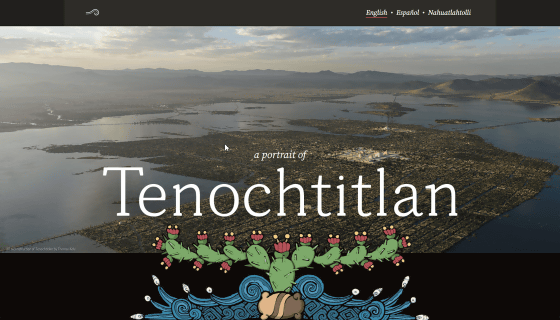
The Aztecs, who flourished from 1428 to 1521, were ruled by an alliance of three groups: Mexica , Acolhua , and Tepaneca , and Tenochtitlan was the city built by Mexica on Lake Texcoco. Tenochtitlan at the beginning of the 16th century had a population of 200,000 people and was one of the world's largest cities, along with Paris and Constantinople. However, in 1521, the city was conquered by the Spanish Conquistadors and destroyed, a new Mexico City was built, and Lake Texcoco was being reclaimed, and at the time of writing, only occasional remains were excavated.
As a technical artist, Cole worked on a project to recreate Tenochtitlan's appearance in 3D using historical and archaeological sources and expertise.
Below is a panoramic view of Tenochtitlan that Mr. Cole actually restored. Tenochtitlan was built on an island covered in swamps in Lake Texcoco, and expanded by draining the surrounding area, creating a grid-shaped city lined with canals based on careful urban planning. It is said that

The residents were divided into many classes, including farmers, craftsmen, merchants, soldiers, priests, and aristocrats, and each class had its own market, school, and place of worship.

Tenochtitlan is thought to have been connected to the mainland by several bridges.

Lake Texcoco was a mix of fresh water and salt water, so Cole thinks there must have been salty winds blowing at the time. It is also believed that people at that time wore white cotton clothes.

At that time, in the center of Tenochtitlan, there was a huge pyramid-shaped temple called

Building a city on a lake means having to constantly battle floods, but Tenochtitlan has a complex flood control system consisting of banks, canals, sluices, and 16 km of levees, ensuring fresh water within the city. It is said that it was maintained.
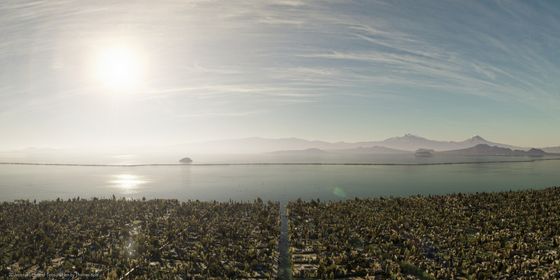
In Tenochtitlan, corn, beans, pumpkins, and other crops were cultivated by piling up the shallow part of the lake and filling it with soil and rubble to turn it into farmland.
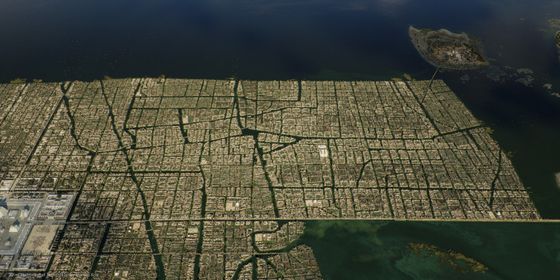
Many towns and cities were built on the shores and basins of Lake Texcoco and were linked to Tenochtitlan.
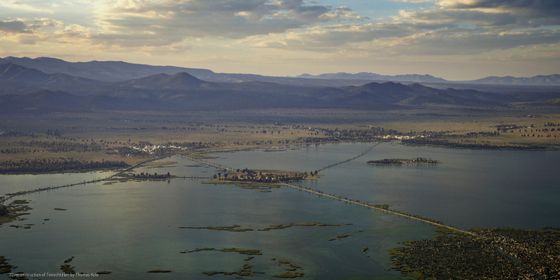
On
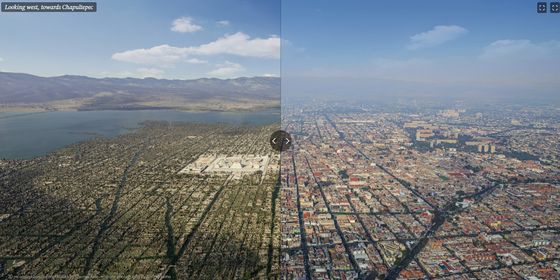
Related Posts:
in Web Service, Art, Posted by log1h_ik







